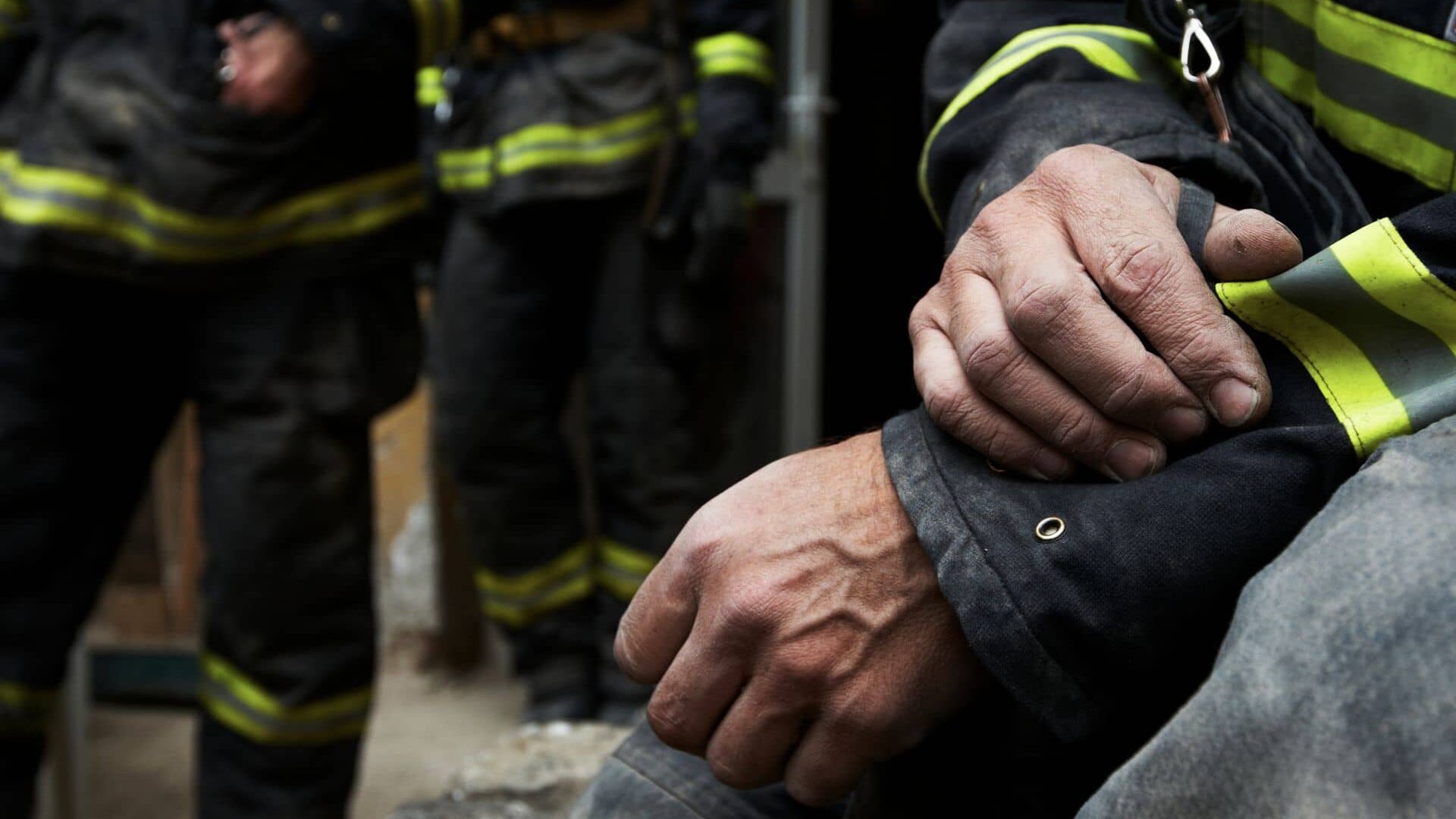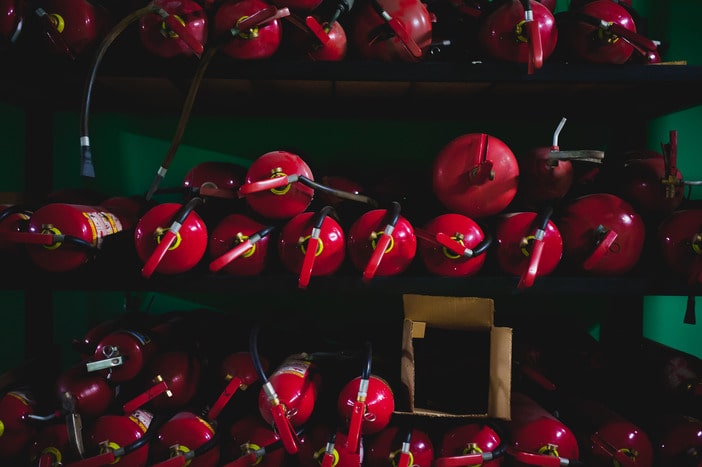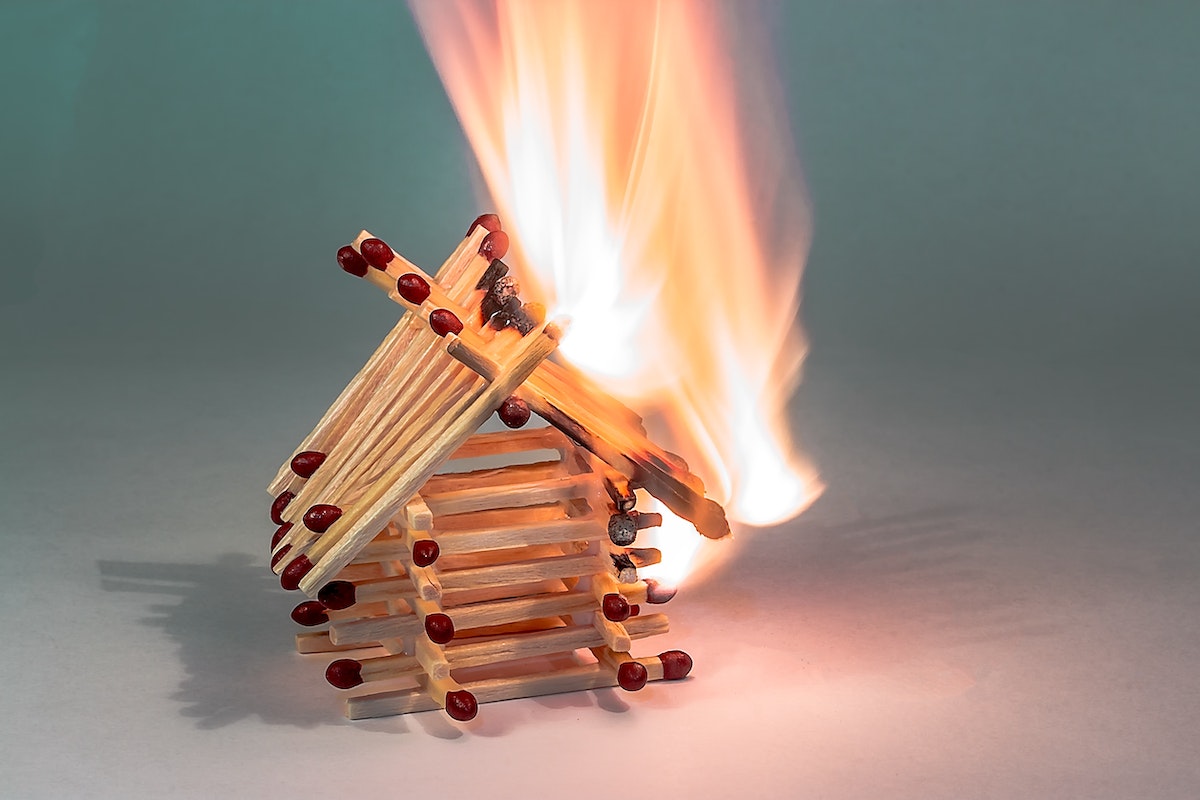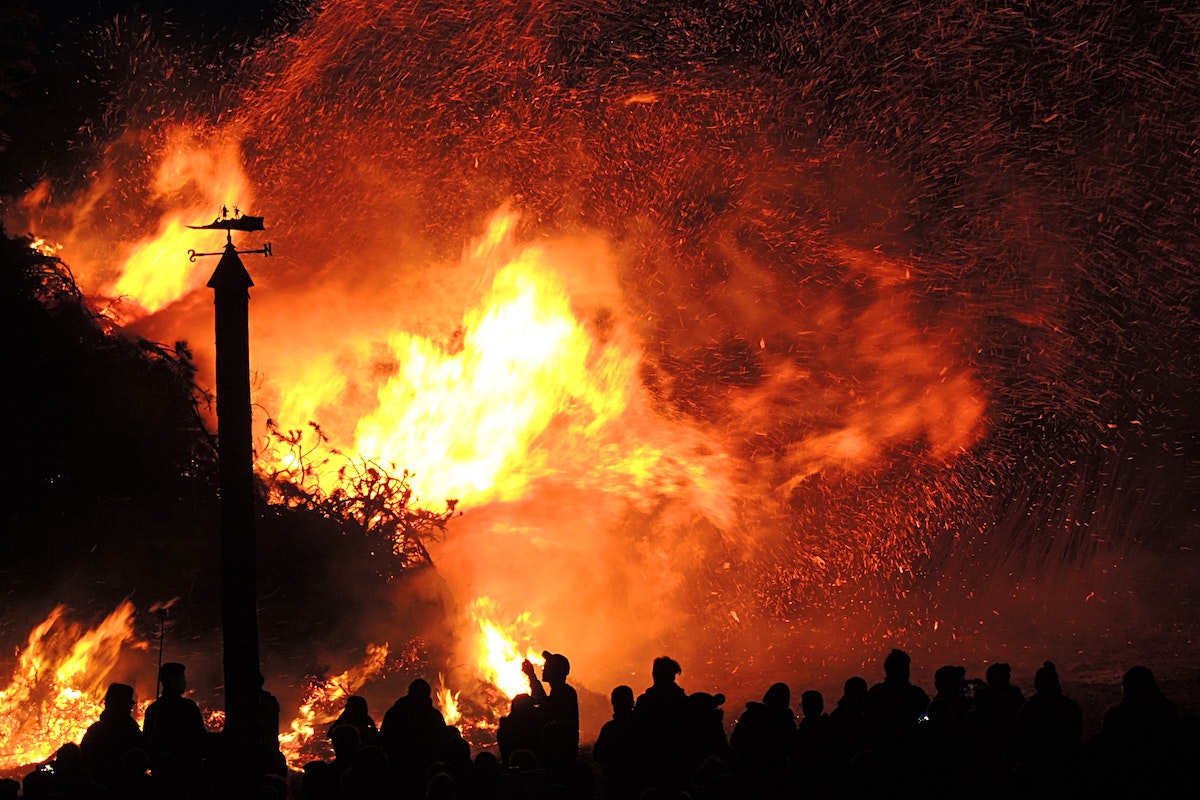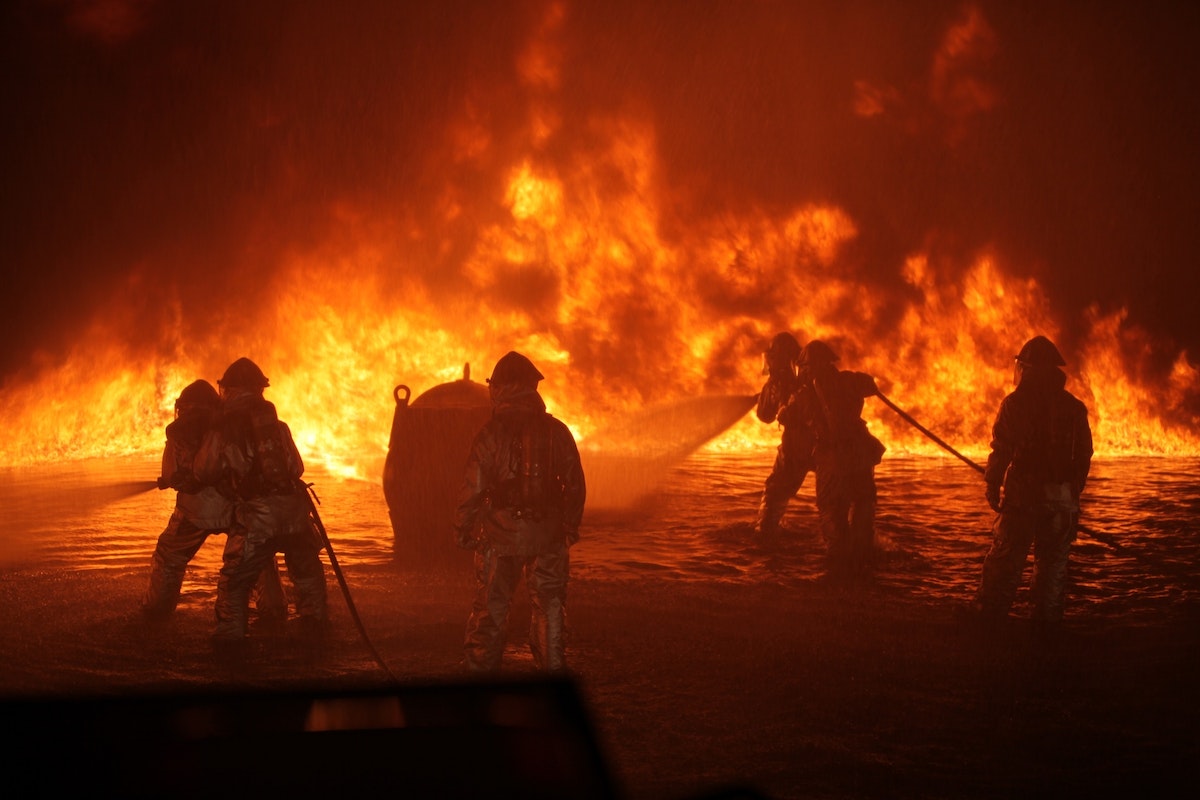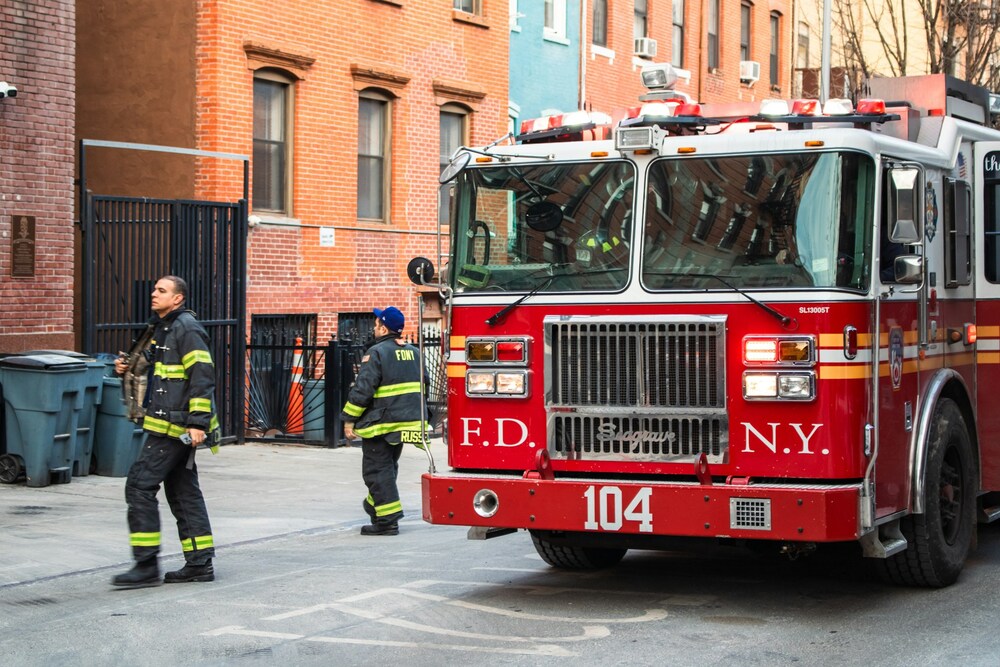Fire Watch Patrol Route
Contents
Night Fire Watch Patrol Route (Hidden Ignition)
Darkness hides more than shadows. It hides overloaded extension cords, smoldering bearings and the faint cherry glow of a cigarette wedged into a pallet. A night fire watch route that simply walks the hallway carpet is a ticket to a 3 a.m. phone call you do not want to answer.
Start Outside, Not Inside
Begin the route at the exterior dumpster corral. Combustible trash sitting next to a warm compressor exhaust can auto ignite after midnight. Snap a thermal photo with your phone; if the reading climbs above 120°F, soak the pile and log the temp.
Move to the loading dock. Check the hydraulic dock plate; a leaking line can spray 400°F fluid onto cardboard. Feel the steel plate with your glove. Warm is normal, hot is trouble.
Mechanical Rooms Love to Party After Midnight
Boilers, air handlers and compressors all work harder when outside temps drop. Listen for grinding belts and sniff for hot insulation. A burnt popcorn smell usually means an overheating motor.
Open the electrical panel door and shoot an infrared scan at the main lugs. Anything over 140°F gets a second photo and an immediate call to maintenance. Do not rely on your fingers; a loose neutral can glow without warming the cover.
Hidden Interior Hot Spots
Janitor closets often hide space heaters left on after shifts. Pull the plug and leave a neon sticker that says “Heater Prohibited.” Housekeeping will grumble, but the marshal will smile.
Check the vending machine alcove. Compressors can overheat when ventilation grilles are blocked by mop buckets. Slide the bucket out, snap a photo, move on.
Storage rooms under stairwells are ignition gold mines. Look for cardboard stacked against fluorescent ballasts. Ballasts run hot and can ignite paper in under an hour.
Roof Access Is Mandatory
Even if the building is locked, climb to the roof. Exhaust fans and kitchen hood motors spin all night. A bearing locking up sounds like marbles in a blender; hear that noise and you have minutes, not hours, before smoke.
Shoot a thermal image of every fan housing. A 50-degree rise above ambient means grease inside the bearing is breaking down. Log the temp and tag the unit for morning repair.
Document Like a Detective
Use a free thermal app that overlays temperature on the photo. Save each image with the checkpoint name and exact time. Upload to the cloud at the end of the round. If something flashes later, you have proof the area was cold 30 minutes earlier.
End every route at the fire panel. Confirm the trouble light is clear, then sign the digital log with your biometric stamp. One missed signature and the insurance adjuster can claim negligence.
Pro Tips That Save Lives
Carry a small spray bottle of water. A quick mist on suspicious cardboard will reveal hidden heat; steam means smoldering. Keep a pocket size CO detector. Elevated carbon monoxide often precedes a hidden fire in a flue or chase.
Finally, vary your timing. If you patrol at exactly 1:00, 2:00 and 3:00, a slow heating fault can flare between walks. Use odd intervals; 1:07, 2:13, 3:19. Randomness catches heat in the act.
Need a pre built night route template with thermal checkpoints? Message our team and we will email you the same 30-point checklist our guards use on high rise and warehouse sites nationwide.
